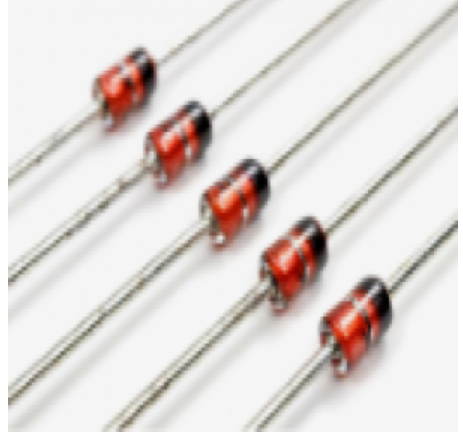Date:2025-07-07 Categories:Product knowledge Hits:343 From:Guangdong Youfeng Microelectronics Co., Ltd
Conduction process:
When the AC input voltage becomes positive, the diode begins to conduct. During this process, the voltage of the diode rises from zero to the threshold voltage (turn-on voltage), at which point the depletion layer disappears and electrons can flow from the N region to the P region, causing the current to rapidly increase. The rate of current rise depends on the forward resistance of the diode and the external circuit. In an ideal state, the current rises in a right angled oblique shape, but in reality, due to the presence of capacitive and inductive effects, the rising edge will have a certain inclination.
Continuity maintenance:
After the diode is fully conductive, the waveform of the current will follow the positive half cycle of the AC voltage. In an ideal situation, the current waveform is the same as the input voltage waveform, but due to the forward voltage drop, the voltage waveform across the diode will actually be a constant voltage value lower than the input voltage.
Deadline process:
When the input voltage enters the negative half cycle, the diode begins to turn off. The current drops rapidly, but due to the presence of parasitic capacitance and inductance in the circuit, the actual current drop curve will have a certain lag and will not immediately drop to zero. The cutoff speed of a diode is affected by the reverse recovery time, which is the time required for the diode to recover from a conducting state to a cutoff state.
Deadline maintenance:
In the cut-off state, the diode is subjected to reverse voltage, which can be very high, requiring the diode to have sufficient reverse withstand voltage capability. In an ideal state, the current should be zero; However, in reality, there may be a weak reverse leakage current in the initial stage.
The dynamic characteristics of power diode are crucial for their performance in power systems. For example, the design of devices such as inverters, rectifiers, and frequency converters must consider the characteristics of diode switching speed, forward and reverse voltage drop, and withstand voltage. When designing these devices, engineers need to choose appropriate power diodes based on the specific requirements of the application to ensure efficient and reliable operation of the system.

Previous: Classification, Structure, and Principle of MOSFET